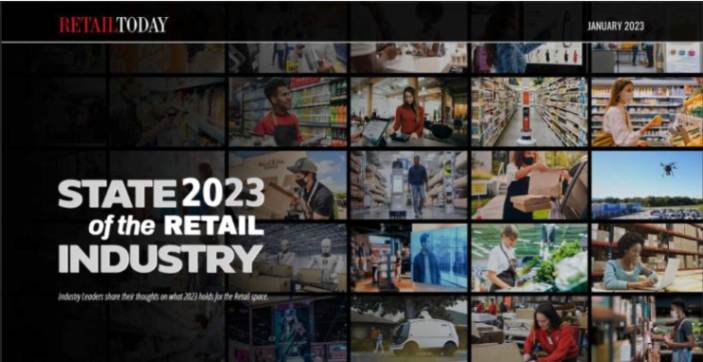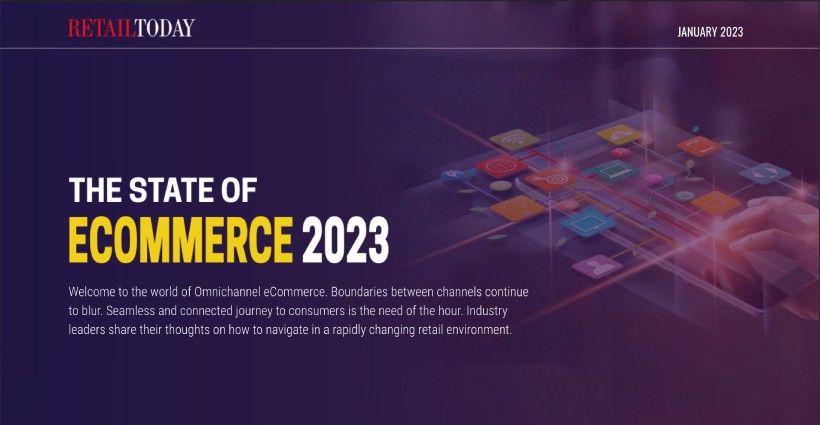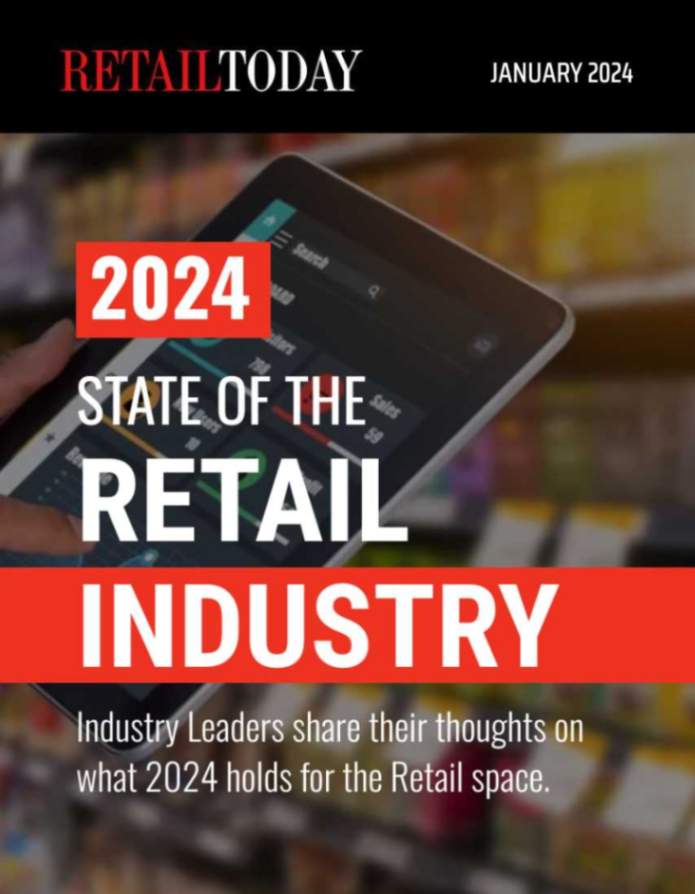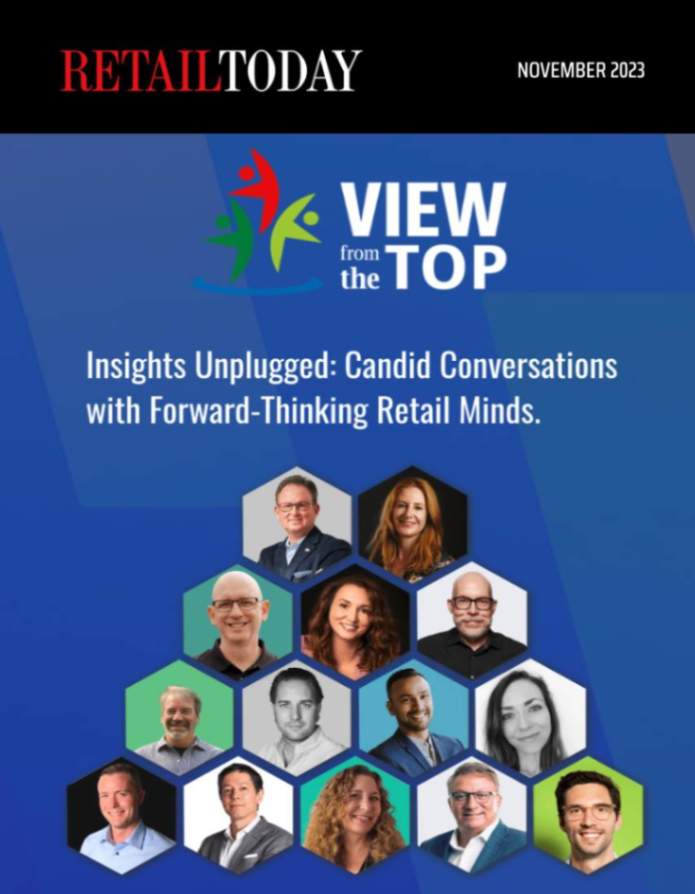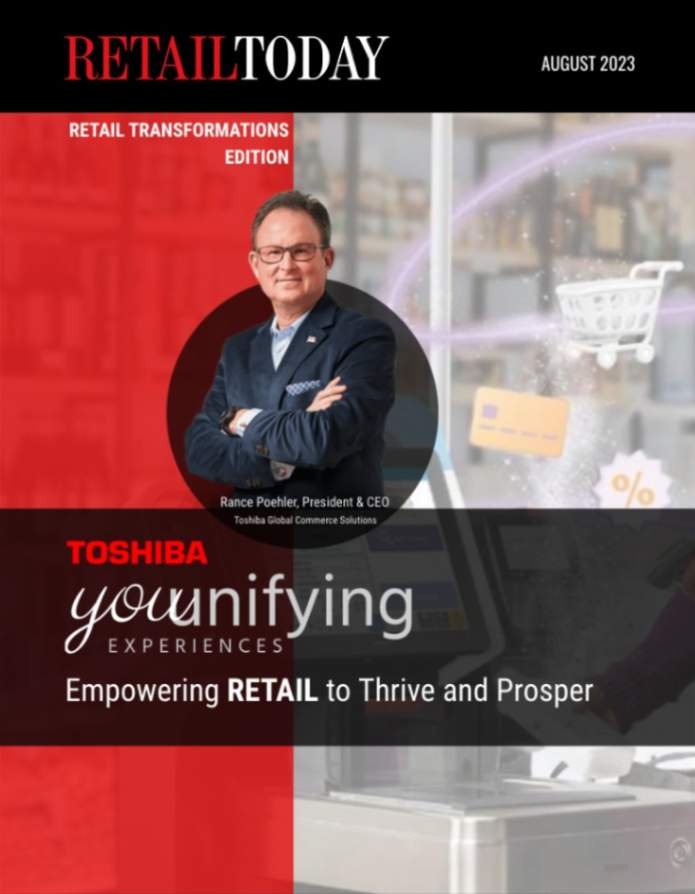
While the latest sales figures for the holiday shopping season are a welcome gift for retailers, soaring inflation and a looming recession are still major concerns for consumers. Retailers, whether solely brick and mortar, online only or a mix of both, need to understand how to respond to a recession to set themselves up for success. While an economic downturn certainly presents a challenge, it can also be an opportunity if the right moves are made.
Consider these five steps as part of your recession playbook:
1. Review your budgets
Some brands may need to make cuts to ultimately survive a recession. Marketing is often one of the first lines in the budget to take a hit. However, if possible, it’s important to maintain or increase marketing investment in an economic crisis. You may be able to offset this spend by finding efficiencies in other operational areas. Alternatively, you may have success showcasing to CFOs and CEOs the competitive advantage that this path offers and find your budget intact or increased.
Research demonstrates that brands that ‘go dark’ – switching off marketing in a crisis – take time to light up again when the recovery comes. If these are your competitors, your brand has an opportunity to gain market share by staying the course.
2. Consider pricing
With food prices 10.9% higher now than in October 2021, it’s no surprise that 90% of Americans say they are concerned about these costs, per a Harris Poll survey. Across the board, retailers are experiencing higher supply chain and labor costs, resulting in shrinking margins.
It’s important for retail leaders to consult with marketing teams on pricing, as there’s more to this process than simply defining the cost. Marketing teams can help research consumer perceptions of value and advise on how to communicate and frame the price. Being honest with your customers about price rises, why they happen and what isn’t changing is a huge part of limiting the impact of those rises. And thankfully, retailers that invest in brand building have more flexibility on price increases than those who don’t.
3. Get inspired by great creative
This holiday season, retailers such as Wegmans, Hobby Lobby and Publix made their mark with strong advertisements that all have something in common. They use features that appeal to the right brain. They’re more focused on storytelling with characters, dialogue or meaningful glances and gestures, scene progression and melodic music. As a result, viewers have a positive emotional response, and research demonstrates that emotional advertising leads to long-term brand growth.
In contrast, ads that appeal to the left hemisphere of the brain are more abstract and flatter, often using elements like voiceovers, rhythmic music and freeze-frame effects. They often have no discernible sense of time or place. It’s often more difficult for these types of ads to drive a strong emotional response. If executed properly, they can drive short-term sales, but retailers need to focus on long-term market share growth during a recession.
A recent Ad Age-Harris Poll found that just 31% of U.S. adults want to see marketing with messaging about price and value, and just 28% want to see messaging about sales and promotional events. Lean into right-brained ads that offer emotional storytelling and pull back on creative that aims for a hard sell. Over time, this will enhance your brand’s fame and when customers return in the recovery period, they’ll want to shop with a brand they know and like.
4. Select the right channels
The platforms on which you advertise play a big part in who sees your marketing and how they respond to it. Research from professor Karen Nelson-Field notes that attention paid to TV ads is more active and consistent compared to digital platforms. After all, channels like Instagram and TikTok are meant for quick scrolling and offer bite-sized content and shorter ads. Television ads typically take the 60- or 30-second route, enabling more time for storytelling and for brands to lodge themselves into a viewers’ memory.
While digital platforms may offer lower costs, the ROI will also be lower if nobody pays attention to your 6-second ad. If you’re set on investing on digital channels, be sure your creative captures audience attention within the first few seconds and that you supplement your digital media buys with more traditional channels that support attention and brand building.
5. Be patient with your plan
Long-term, consistent communications are the most effective kind for brand growth in the recovery period. Should you decide to maintain or increase advertising spend during this time, be patient. Results don’t happen overnight. Often, it’s only clear which brands have gained or lost market share once the recovery comes. Those that have invested in high-quality creative and the right media channels certainly have the upper hand.
Jon Evans is Chief Customer Officer at System1, the world’s leading marketing decision-making platform. System1 helps predict and improve the commercial impact of ads and innovation.
Jon is an experienced commercial leader with a track record of delivering substantial growth across a large number of brands. His previous experience includes a short stint as CMO for Brewdog, Marketing Director at Suntory leading some of the UK’s most iconic brands, on the Board of Purity Soft Drinks, a private equity-backed soft drink business, and working for Britvic Soft Drinks running a ‘Seed Brand Unit’ in conjunction with Pepsi.
Jon also hosts the ‘Uncensored CMO’ podcast, a mix of work and pleasure and a great way to meet potential clients. It’s at number 1 in Apple’s marketing category for 4 countries.

